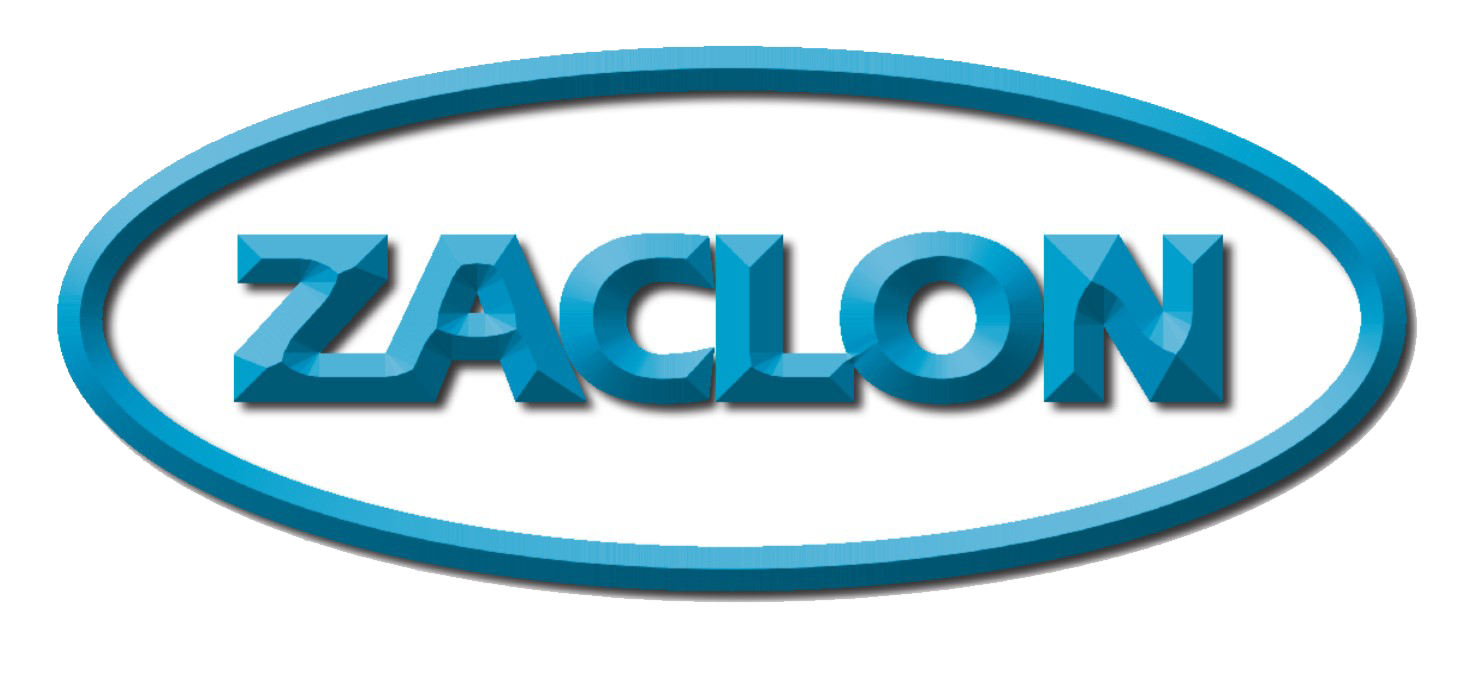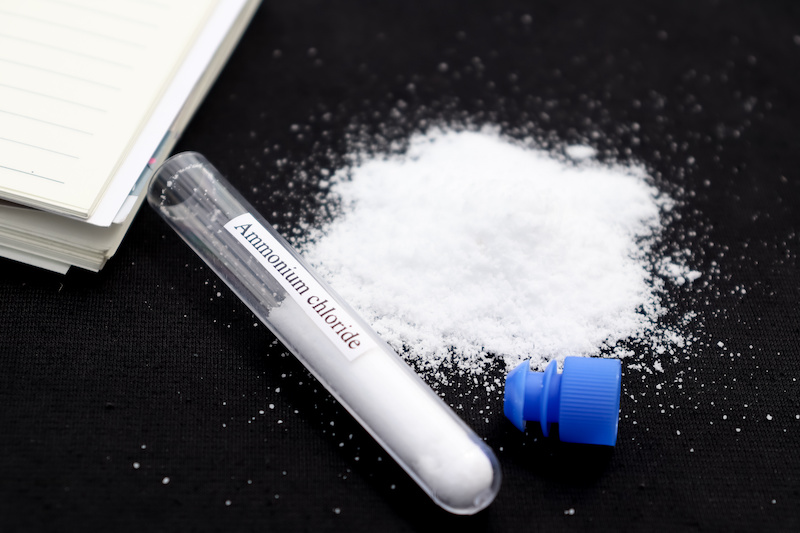Blog - Galvanizing
Category: Galvanizing
What Is Ammonium Chloride And How Is It Used In Galvanizing Steel?
If you work in a steel plant or know someone who does, you might have heard of ammonium chloride. But what is ammonium chloride, and how is it used in galvanizing
How We Use Less Caustic During The Galvanizing Process
Galvanizing steel involves a pretty serious process. Many chemicals are involved, requiring zinc to be molten at nearly 800 degrees. This process consists of the use of sodium hydroxide, or caustic. Luckily, our approach uses less caustic, which means a safer method of galvanizing
Galvanizing 108
BLOG 8-Robert M. Woods RINSING after DEGREASING So, now the soils are removed for the surface of the work---but there may still be a layer of chemical sticking to it. IF this is coming out of a caustic bath, a direct movement into an acid pickling tank, the layer can actually neutralize some of the acid, wasting it. IF this is coming from an acidic cleaner such as Hydronet, there is no neutralization; but any Hydronet remaining on the surface is also wasted. To remedy these issues, most operations will have a rinse tank after the degreasing tank, either caustic or acid-type. For the acid-type, the rinse can be used to make up for any drag-out or evaporation of the degreasing tank—any dragged out degreaser is put back into the degreasing tank. For the caustic-type, the same make up occurs; and the rinse will prevent much of the neutralization of the following acid tank. Control of a rinse tank then makes economic and process sense—saving the more expensive chemicals and keeping subsequent tanks cleaner. Controlling the rinse is relatively simple, typically by monitoring pH. A caustic rinse should not get much above pH 10, and an acid degrease rinse should be around 3 before it is either changed out or at least partially renewed with fresh water. An additional way to check the rinse is by putting in a clear glass or plastic jar and looking for cloudiness or a layer of oil floating on it—this is a sign that
Galvanizing 107
BLOG 7-Robert M. Woods Last blog was discussing a “pure” acid degreasing approach, using Phosphoric-acid based product such as Hydronet Base, Ricarica, and S. There is another approach that can be used in some cases, with additives directly into the pickling acid tanks. Hydronet D is the name of our product that can be added directly into Hydrochloric acid tanks at the typical concentrations and temperatures used by North American galvanizers. Acidic Degreasing – in the pickle tank Without help, Hydrochloric and Sulfuric acids are not very effective at removing dirt. Hydrochloric acid in particular is poor at lifting greases, oils, chalk, and most other soils. Sulfuric is a little better, but more because it is heated AND attacks scale and rust by “blowing off” the top layers of rust IF it can penetrate the cracks in the scale. Generally, degreasing with an additive in the pickle tanks is not as effective as a stand-alone tank with SB Clean-Caustic or Hydronet Base or S; however, for lighter duty cleaning where the incoming steels have low levels of oil or grease, this approach can be effective. If used in combination with a separate stand-alone cleaning tank, the added cleaning power in the pickle can be a “clean-up” for anything the previous tank missed, or for when for one reason or another that tank is skipped. The approach using Hydronet D ena
Galvanizing 106
Galvanizing 106 As noted in the last commentary, tanks with either sodium hydroxide (aka caustic or an alkaline degreaser) or phosphoric or other acid (acid degreaser) are the two most common cleaning solutions for North American galvanizers. We’ll talk a bit about acid degreasing in this note. Acidic Degreasing – Phosphoric-based As the name implies, acidic degreasing is done using chemicals that have a low pH, below pH of 7. The issue with acid-side cleaning is that strong acids like hydrochloric or sulfuric are poor at lifting soil from the surface of the incoming steel. To combat this, most stand-alone acid degreasers use a different acid, phosphoric acid, as the base for the cleaning. It is not great on its own, though, and so a number of components are added in a very complex balance to get the best cleaning results. Hydronet, the acidic degreaser from Zaclon, is such a balanced effective degreaser. Based on phosphoric acid, it has additives to lift soils, greases, oil, and convert them into a “sand” that settles to the bottom of the tank. In doing this, due to the acid, it also opens up the “cracks” in the rust/scale layer on the steel, and jump-starts the process of pickling (rust removal). By doing this settling, much less oil and grease is suspended in the liquid, or floating on top of the tank…this contamination would be carried over into the next
Galvanizing 105
Robert M. Woods SO how do we clean parts if we don’t want to use (or only use) mechanical cleaning, or anything but spot-treat with solvent cleaners? Using dip tanks with either sodium hydroxide (aka caustic or an alkaline degreaser) or phosphoric or other acid (acid degreaser) are the two most common cleaning solutions for North American galvanizers. We’ll talk a bit about alkaline degreasing here, and acid degreasing next time. Alkaline/Caustic Degreasing Caustic is used interchangeably with sodium hydroxide, the primary component in these types of cleaners. The high pH (highly alkaline) solution can react with many oils and greases, particularly natural oils, and since it typically is heated to 135 F or more, the bath is more generally active. Caustic is typically kept at about 10% concentration, by adding fresh caustic solution (50%) or the pellet-form solid. The strong alkaline nature of this bath does make it more hazardous chemically than most of the other tanks in a galvanizer, and with the heat needed to make it effective the hazard does increase. By itself, the caustic bath is not great at lifting or dispersing the crud from the steel; it needs some form of “boost” to make it most effective. Soprin’s SB Clean additive both boosts this cleaning power, and also allows the tank to be made safer---110 F instead of 130 plus, and even better, it works best at 3
Galvanizing 103
In the last installment, we looked a little at the broad range of cleaning technologies available to a galvanizer. Picking the right one depends on both experience and a little luck! If the customer can possibly tell you what sorts of cutting fluids, lubes, etc. they use, picking the right way to clean is simpler. For example, if they only use a paint marker, and not much else, then there are at least 2 easy-ish ways to take it off---quick spray of paint remover, then a caustic or acidic degrease will likely take it off. Usually, of course, the steel picks up stuff all they way along, from the steelmaker themselves, to the trucking, to the initial fabrication, to secondary fabrication and storage perhaps outside, then more trucking, and possibly sitting in the snow, rain, wildfire smoke, flooding and mud, even saltwater. At this point there could literally be hundreds of different things on the steel! So, what does a cleaner have to do to all of this crud to open things up for the de-rusting? There are 4 basic technical terms used when talking about what a cleaner does to “clean”. Dissolution: Chemically reacting with and destroying a soil (saponification by alkali, phosphorylation by acid degrease, simple dissolution by solvents) OR with pickling, dissolving the iron/iron oxides. Displacement: Moving the soil away from the surface (may involve friction, agitation, and some chemical and surface tension ef
Galvanizing 104
Robert M. Woods Mechanical cleaning and “elbow grease” can take care of a number of the soils that end up on the steel as it is processed and transported to the galvanizer, but what about hidden areas, places where rivets or open welds, bolts, and inside of hollow-ware? To get these cleaned up, a chemical dip of some sort is the best approach, whether in the form of a vapor degreasing, waterless solvent cleaning, or full-scale acid or alkaline degreasing in a water solution. Vapor degreasing is effective, but typically for smaller parts---it simply takes a solvent such as acetone, heats it in a carefully closed system until it evaporates, then lets that vapor hit the cooler part and condense. The warm solvent can give excellent cleaning, and properly selected will leave no residue. In some cases the solvent can also be recycled. Downside, though, is keeping the vapors in the cabinet can be quite challenging; plus air permits and the like may be involved. Similar issues appear with a dip in a waterless solvent tank; effective, but fumes can be a big issue. Note that using a paint remover (like our Sverniciante) is actually a localized form of solvent cleaning; the compnents of Sverniciante (Italian for “Paint Remover”, not a kind of wine) are carefully selected for safety in use as an aerosol spray. Other solvent cleaning, including using kerosene to wipe of lubricants from
Galvanizing 102
BLOG 2---Robert M. Woods 8/1/2020 Degreasing is an important step to ease creation of the galvanized coating your customer is paying you for. So what processes are available, and what are the general pros and cons of each? First, let us look at them broadly: Cleaning Type Mechanical Solvent Alkaline (Hot Caustic Alone, 165 F) Hydronet type acid degrease Acid-Pickle (without Hydronet D) Biological Wide Range
Galvanizing 101
From the Desk of Bob Woods: Galvanizing 101 Hot-Dip Galvanizing is the process of alloying iron and molten zinc to create a corrosion-resistant alloy coating. This coating protects steel or iron from rust, both as a barrier and with an electrochemical reaction. To get this alloying reaction to happen, though, the steel or iron surface has to be prepared; mostly, this means cleaning off the surface. The things that can be found on the work can include everything from fingerprints to cosmoline-type grease, light rust to heavy “scale”, and sometimes other coatings such as stencil, chalk, spray paints, etc. All of this has to come off. Most of the time, the grease and other “dirt” is removed with either a dip-tank full of a degreaser, often an acidic (such as Hydronet) or a caustic (such as sodium hydroxide boosted with SB Clean). The other common cleaning method is mechanical, such as a shot-blaster, grinder, or even a file. The choice of the type of cleaning is difficult, since almost every type of steel and iron can be galvanized; in some fabrications, you might see multiple types of steel, lubricants, paint, etc. The Hydronet acidic degreaser can handle a wide range, as can the SB Clean-boosted caustic; both are easily maintained with simple testing. Ultimately, the goal is to make it easier to go to the next step in the cleaning (removal of iron oxides, or “rust and scale”). More than ½ the time, a problem in the degreasing tank w




